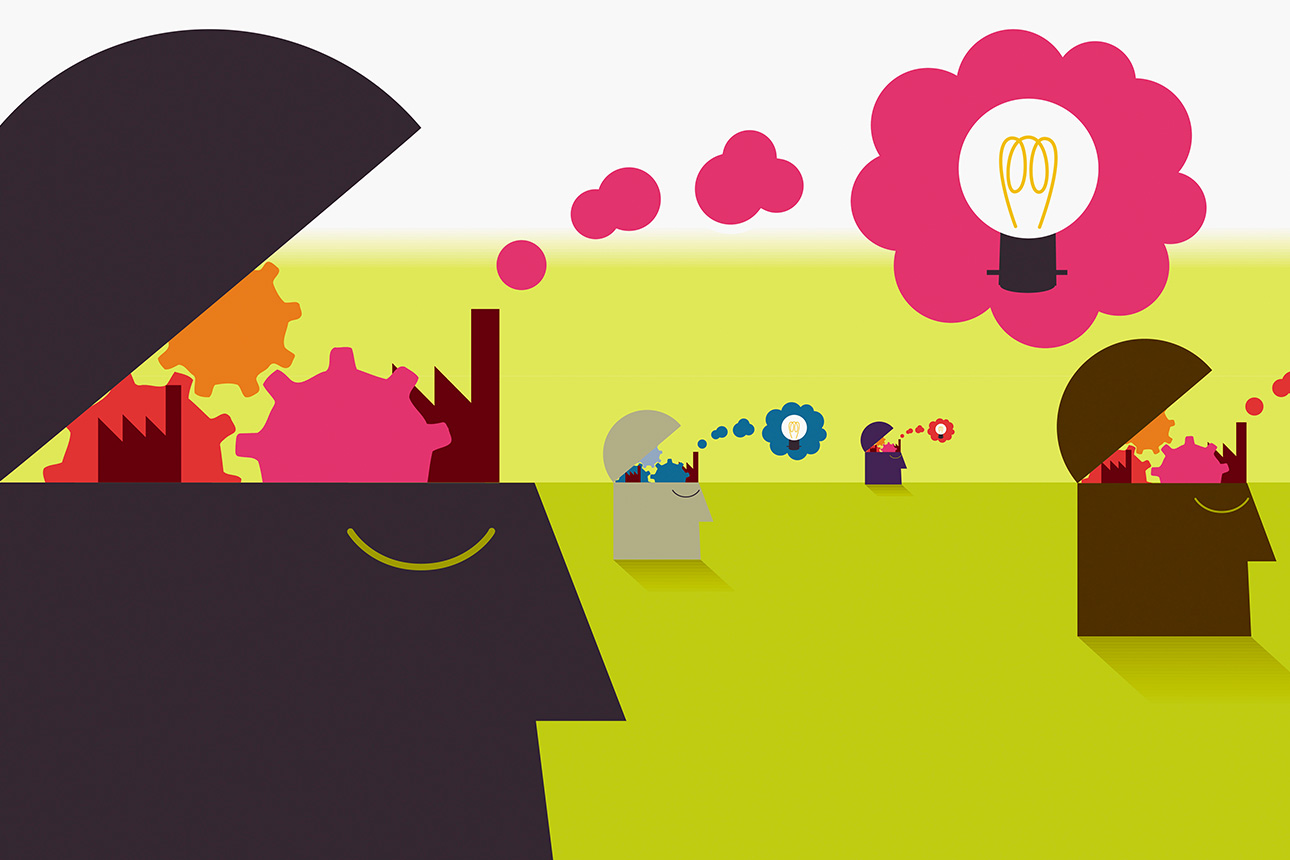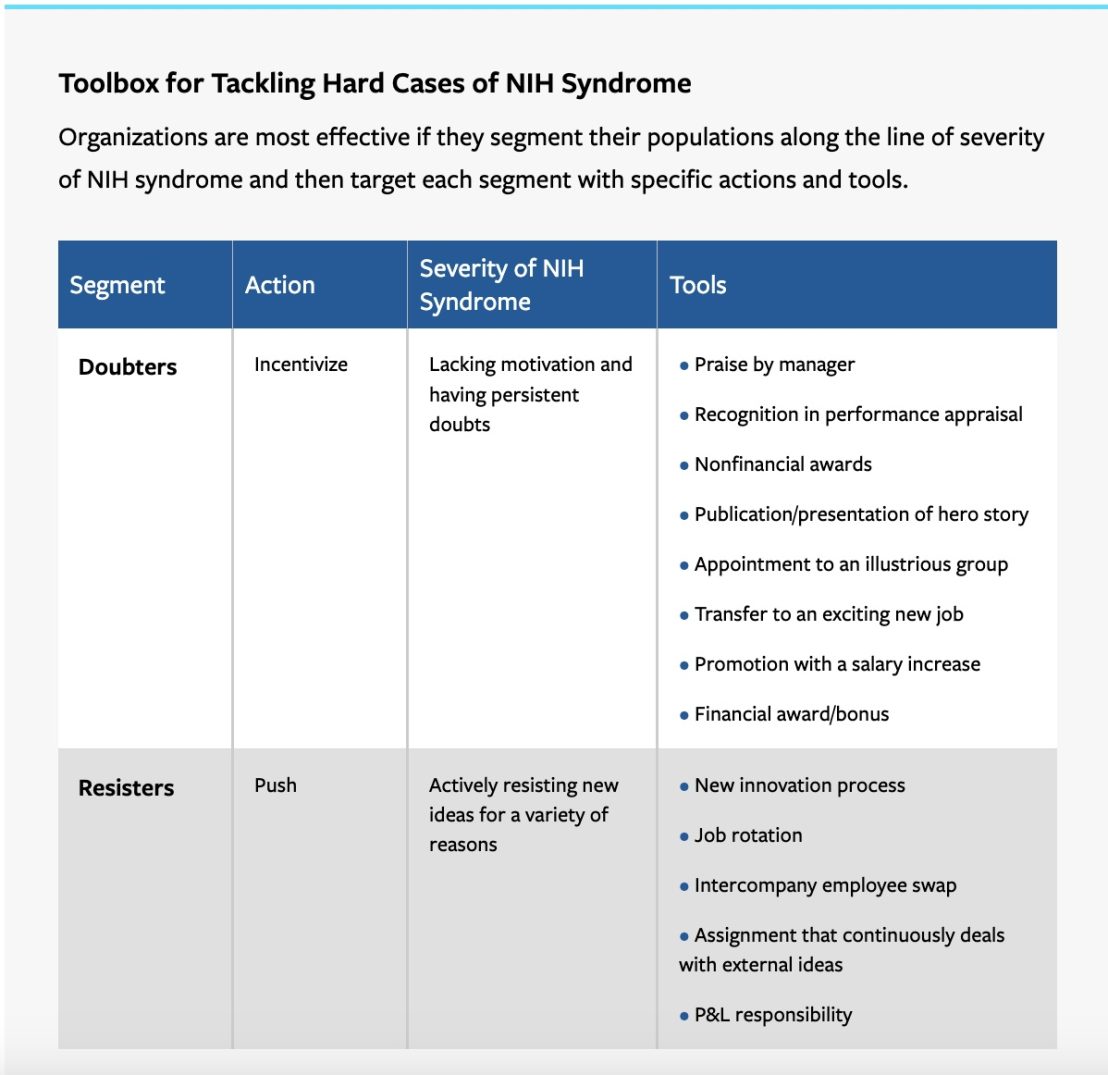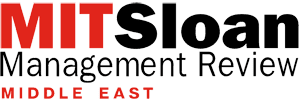Beating ‘Not Invented Here’ Syndrome
Resistance to external ideas hinders innovation. The right incentives can open minds.
Topics
News
- Deloitte and AWS Forge $1 Billion Alliance to Accelerate Digital Transformation in the Middle East
- Over 40% of Agentic AI Projects Expected to Fail by 2027, Report Finds
- Guardian AI Agents Poised to Take 15% of Agentic AI Market by 2030, Gartner Says
- Deloitte Rolls Out Global Agentic Network to Accelerate AI Adoption in the Middle East
- AI Research Forum and Summit Focused on Agentic AI Announced
- Cisco's New Quantum Entanglement Chip Aims to Accelerate Distributed Computing

Andrew Baker/Ikon Images
When I was managing director of the German subsidiary of U.S.-headquartered SC Johnson, I witnessed “not invented here” (NIH) syndrome in action. The larger company paid scant attention to an innovative air freshener product successfully launched by an Asian subsidiary, apparently due in part to bias toward innovations originating from the United States. By chance, the Asian product came to the attention of the German subsidiary. We launched the product, now called Brise One Touch, with minor adaptations. It was a big success, taking a leadership position in the local market for that category with a 50% share and going on to do well in other markets.
NIH syndrome is a bias against ideas perceived as coming from outsiders. This bias can affect anyone in an organization. While there are rational reasons to reject some external knowledge — say, for intellectual property concerns or technical incompatibilities — this bias is often the driver, and it can be economically damaging when it leads to missed opportunities and fewer innovations. One research study surveyed 565 innovation projects from around the globe and found that only 16% of them remained entirely unaffected by NIH syndrome. This bias against outside ideas positively correlated with a reduced likelihood of project success.
My research into this phenomenon found that it can manifest at all levels of an organization and to different degrees but can be most entrenched among two types of individuals: doubters and resisters. Both lack motivation and hold strong negative attitudes toward external knowledge. (See “Toolbox for Tackling Hard Cases of NIH Syndrome.”)

Incentivize the Doubters
Doubters are chronically skeptical of the value of external knowledge. Shifting their behavior may be a matter of setting openness to external ideas as a performance objective. Huawei links the KPIs used to appraise its engineers to the outcomes of its open innovation collaborations, and Johnson & Johnson’s research scientists are evaluated on how well they stay abreast of developments in their domains and identify the most promising external work. This performance-based approach can result in doubters learning to become more open-minded while working toward potential rewards such as more interesting work, promotions, and salary increases.
Praise and other honors and incentives can be effective as well. At SC Johnson, I saw how effective simple praise can be. By extolling those managers who made the most use of the newly established intranet, where external ideas were shared, our CEO propelled the organization into overcoming NIH syndrome. Other tactics include spotlighting employees and their innovation stories in corporate media or giving them the opportunity to present their work publicly — along with a financial reward. Ultimately, rewards for externally sourced innovations must be the same as for those generated internally, as is the case at P&G and Johnson & Johnson.
At Bayer and chemical company Evonik, innovations built on external ideas qualify for the companies’ prestigious awards. For example, the Bayer pharmaceutical team that launched the cancer drug larotrectinib, originally discovered by Array BioPharma and then co-developed by Bayer and Loxo Oncology, was awarded the Otto Bayer Medal. Evonik named Robert Franke a senior fellow — the organization’s highest-level title for a researcher — for his key role, together with external collaborators at a Leibniz Institute, in a decisive breakthrough in the field of hydroformylation.
P&G rewards its people for speed of innovation, which in general favors outside ideas. It has launched a new award, Proudly Found Elsewhere, to honor the adoption of external ideas. It also rewards its top innovators with a membership in its elite Vic Mills Society, among them Paul Sagel, who co-invented Crest Whitestrips and later improved the product in cooperation with an external biopharmaceutical company. At Eli Lilly, its Research Award Program supports qualified scientists who intend to partner with external researchers to collaboratively advance research projects and jointly publish their results.
Push the Resisters
Resisters cannot be incentivized and must be pushed to embrace external ideas. An innovation process that requires consideration of external ideas first is a key tool to shape new behavior. Many companies have instituted a three-step priority process under the moniker “adopt, adapt, create” that can be applied at any stage of the innovation process.
In the first step, adopt, the employee searches exclusively for existing ideas that can readily be adopted. If no such ideas exist, in the second step, adapt, the search continues for existing ideas for which some adaption may still be needed. Only if this step is unsuccessful do they proceed to the third step, create, when one’s own original ideas may be developed. P&G describes its product development process this way: “R&D staff should start by finding out whether related work is being done elsewhere in the company, then they should see if an external source … has a solution. Only if those two avenues yield nothing should we consider inventing a solution from scratch.”
When Whirlpool adjusted its innovation process to overcome NIH bias, it enriched each of its three main innovation process phases with open innovation screening questions and open innovation tools. In its idea development stage, for example, the developers are asked, “Does the innovation require a technology answer that we don’t have?” and are offered technology scouting, technology brokering, or venture investing as open innovation tools.
Another approach to coaxing resisters is assigning employees to cross-functional teams. This forces them to practice new behaviors and gain exposure to external ideas. New team members will start shedding their NIH bias as they learn firsthand that teams require openness and the integration of ideas from fellow team members.
Job rotation, practiced by companies such as 3M, Abbott, BMW, Deloitte, IBM, P&G, Texas Instruments, and Toyota, has also proved highly effective in changing employee attitudes. Exposing an employee to a new environment — be it another job in the same function; another function, team, or business unit; or another country entirely — is one of the best methods of decreasing biases against outside ideas.
A job rotation is even more effective in a function that continuously deals with external ideas, such as an open innovation unit, corporate accelerator, or corporate venture capital unit dealing with startups. The employee will see the limitations of NIH bias and discern the value of external ideas firsthand. This can also happen if internal innovation teams work alongside external teams, as in Bayer´s Leaps by Bayer incubator or Eon’s Agile Accelerator. The internal teams can learn from the openness that external startup teams typically display regarding other people’s ideas.
BMW also has a job-rotation program. At the company’s technology office in California, a small group of engineers works closely with external hardware and software experts, sharing insights and cocreating innovative car components. Every year, a cross-functional team of 10 BMW employees from other offices transfers to the technology office on temporary assignment in order to discover radical new innovation ideas.
As Google and P&G have found, another way of opening people to external ideas is an employee swap, which, at P&G, opened staff to new digital advertising options. Intercompany employee swaps have become vogue in Japan: After Kirin Holdings and Meiji Holdings exchanged staff members, Sony and Hitachi announced they would swap employees to learn about each other’s application of new technologies.
Job rotation and assignments such as those described above are especially important for developing leaders. As P&G’s former CEO, A.G. Lafley, wrote, “I’m a big believer that innovation leaders are made, not born. They learn to get comfortable with uncertainty. They learn to become more open-minded, to cocreate with consumers, and to be receptive to ideas from different disciplines and industries.”
Turning employees into entrepreneurs by giving them P&L responsibility can also push resisters to open up. This approach follows the model of startups, whose small teams face intense market, competitive, and time pressures. Because they are typically resource-poor and their progress is closely monitored by their investors, startups are forced to embrace good ideas no matter where they come from. 3M began spinning off new internal startups into small, autonomous, entrepreneurial P&L-bearing business units that would become more responsive to customers, and many other companies have followed suit.
Meanwhile, Haier has taken this approach to an extreme by splitting itself into more than 4,000 microenterprises, most of which have 10 to 15 employees. By thus pushing P&L responsibility down the hierarchy, the employees in each business unit have no place to hide: They have to be entrepreneurial. No longer can they afford to exhibit the symptoms of NIH syndrome.
Organizations are most effective when they segment their populations along the line of NIH syndrome severity and then target each segment with specific actions and tools. The hardest cases of doubters and resisters can be incentivized or pushed to open up to external ideas. If their newly adopted behavior leads their company to success, that will have a significant impact on their attitudes. Employees are likely to find that they are becoming more effective by opening up. Consequently, they can be expected to shed NIH syndrome, and their new behavior will become sustainable.





